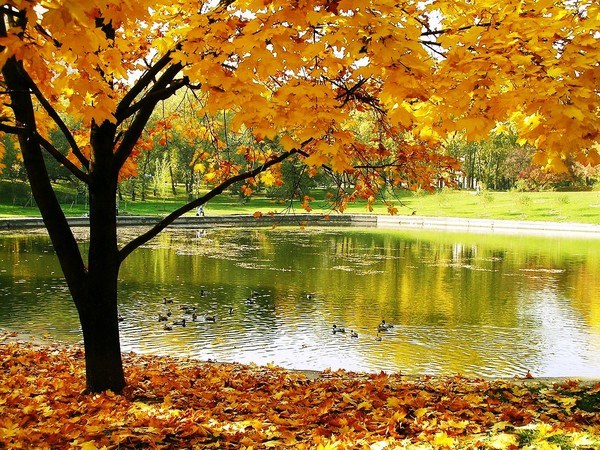Instruction
1
Phenomena of nature – it's all sorts of changes in the animate and inanimate nature. They are classified according to the nature of the impact, origin, duration, regularity of action, scale of distribution.
2
By origin they are divided into climatic, geological-geomorphological, biological, and biogeochemical space. The most common natural phenomena are climate (Typhoon, snowstorm, precipitation) and geomorphological (tsunami, soil erosion, earthquakes, volcanoes).
3
For the duration of action can be divided into:- instant, which usually lasted a matter of seconds and minutes (earthquakes, volcanic eruption);- short-term, they can last for several hours or days (a flurry of icicles, flood, full moon, rain, intense heat;- long-term, lasting months and years (climate change, drying of rivers).
4
Phenomena of nature in the regularity of the actions are divided into daily and seasonal. The former, in particular sunrise and sunset, and to the second – falling leaves, snow melting in the spring, the phenomenon of the kidneys.
5
A particular danger for man are spontaneous natural phenomena. These include tornado, lightning, Typhoon, mudslide. They have a detrimental effect and can lead to serious industrial accidents.
6
Of particular interest are the so-called unusual phenomena of nature. Among them, a rain of stars - the stream of meteors, which when entering the earth's atmosphere immediately it burn and form a magical glow in the night sky. Unusual phenomenonm of nature is considered and the lunar rainbow – a light that is reflected from the full moon. It can be observed only in places with high humidity. It is an amazing and rare phenomena include the Aurora, halos, mirages.
